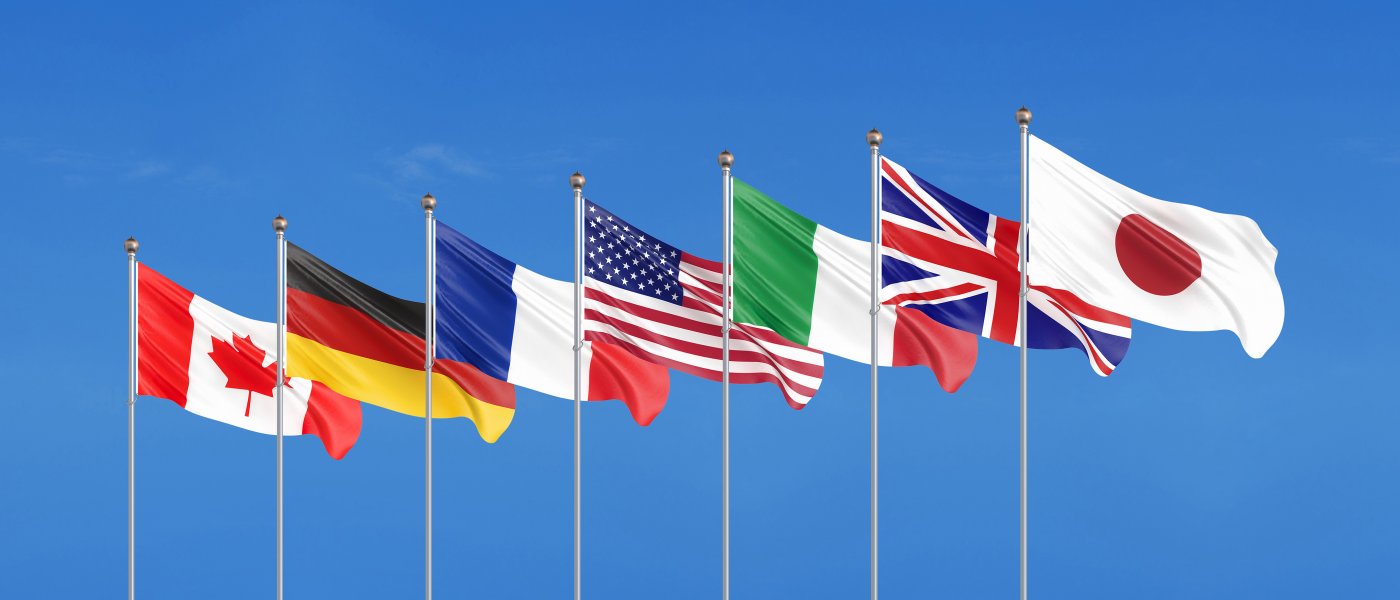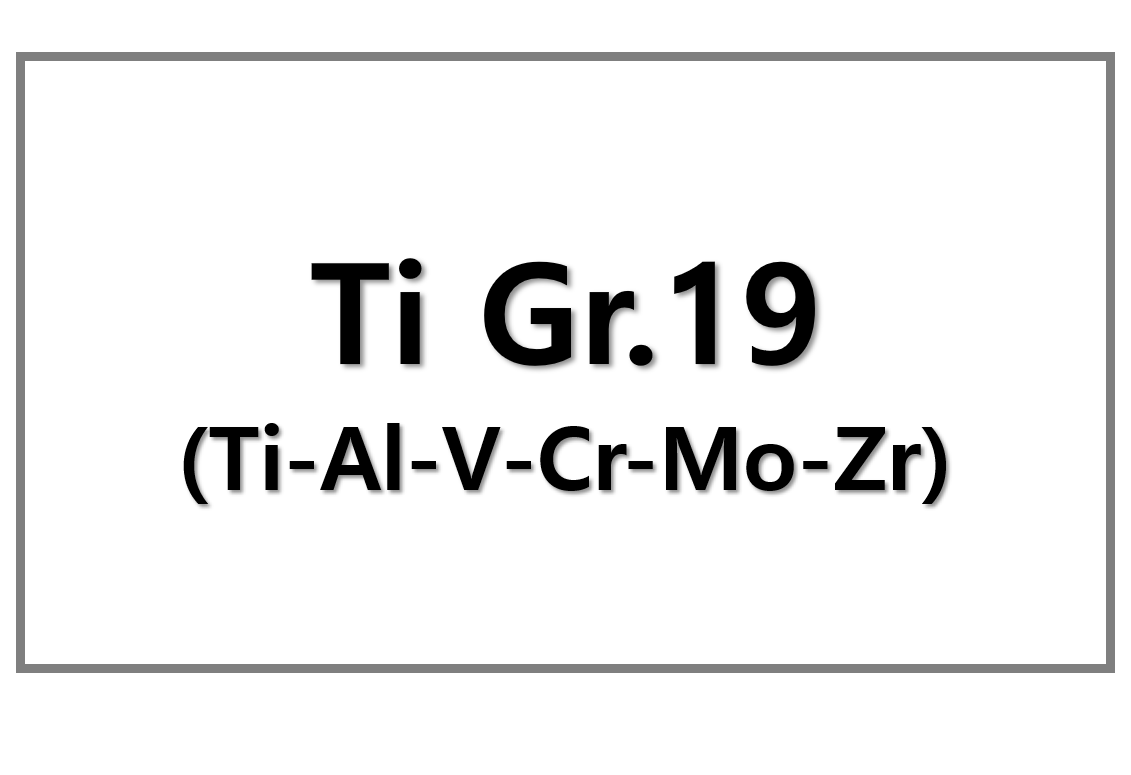
Global steel demand faces uncertainty despite the U.S. administration’s decision to pause higher tariff rates. The announcement on April 9, 2025, affects steel prices and demand both in the U.S. and abroad.
Tariff Changes and Market Uncertainty
President Trump’s administration paused the higher “reciprocal” tariffs, initially set to exceed 10%. Many countries now face a 10% tariff. However, China remains the only country with a 125% tariff rate. These changes may temporarily relieve steelmakers in Europe and Asia, but uncertainty about future tariffs persists.
The tariffs could have reached as high as 50% for some countries, but the administration now pauses them for 90 days. This creates unpredictability in the market. Experts believe this uncertainty will reduce steel demand. MEPS steel market analyst Jon Carruthers-Green explains that inconsistent tariff application complicates planning for industries relying on steel. He predicts that this uncertainty will affect steel demand in the short and medium term.
Impact on U.S. Steelmakers
While global markets remain volatile, U.S. steelmakers benefit from the 25% Section 232 tariffs on steel imports. These tariffs have protected domestic steel manufacturers, allowing them to increase profit margins. For example, domestic carbon flat product prices have risen over 40% year-to-date.
Despite these gains, the situation remains complicated. U.S. steel producers benefit from tariffs, but the costs of importing steel and retaliatory measures on trade relations pose risks. Manufacturers that rely on international trade may face challenges.
Outlook for Global Steel Prices
The tariff pause has led to mixed forecasts for global steel markets. According to MEPS’s steel price forecast, domestic steel prices in the U.S. should remain strong in the first half of 2025. However, prices are expected to decline in the second half of the year. They are projected to stabilize above January levels by the end of 2025.
The ongoing uncertainty continues to challenge steel-consuming industries. The lack of regulatory clarity makes it difficult for companies to plan for the future.
Conclusion
Despite the U.S. tariff pause, global steel markets continue to face uncertainty. U.S. steelmakers benefit from tariffs, but the unpredictability of tariff policies creates challenges for global steel demand. Stakeholders in the steel industry must adapt to the evolving market to stay competitive and manage these fluctuations.











Leave a Reply
You must be logged in to post a comment.